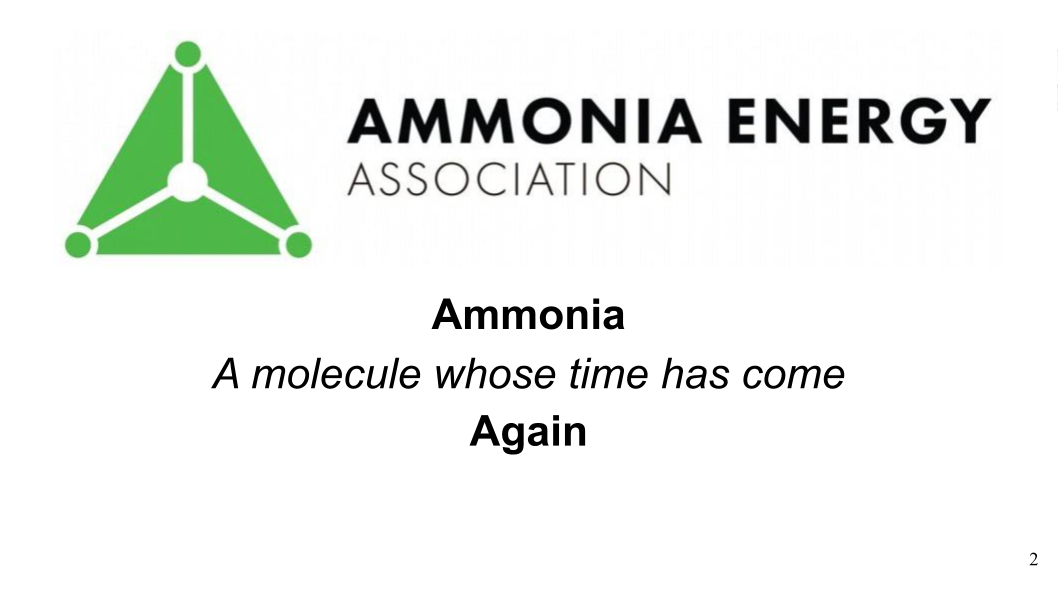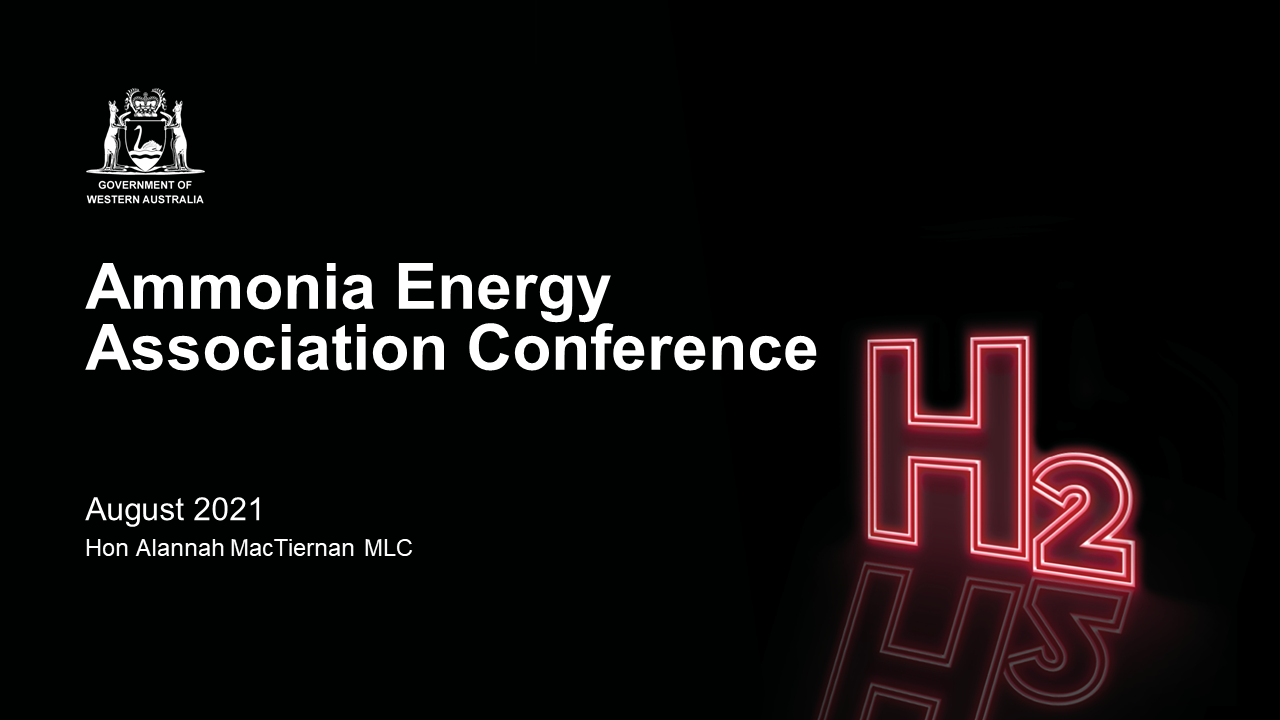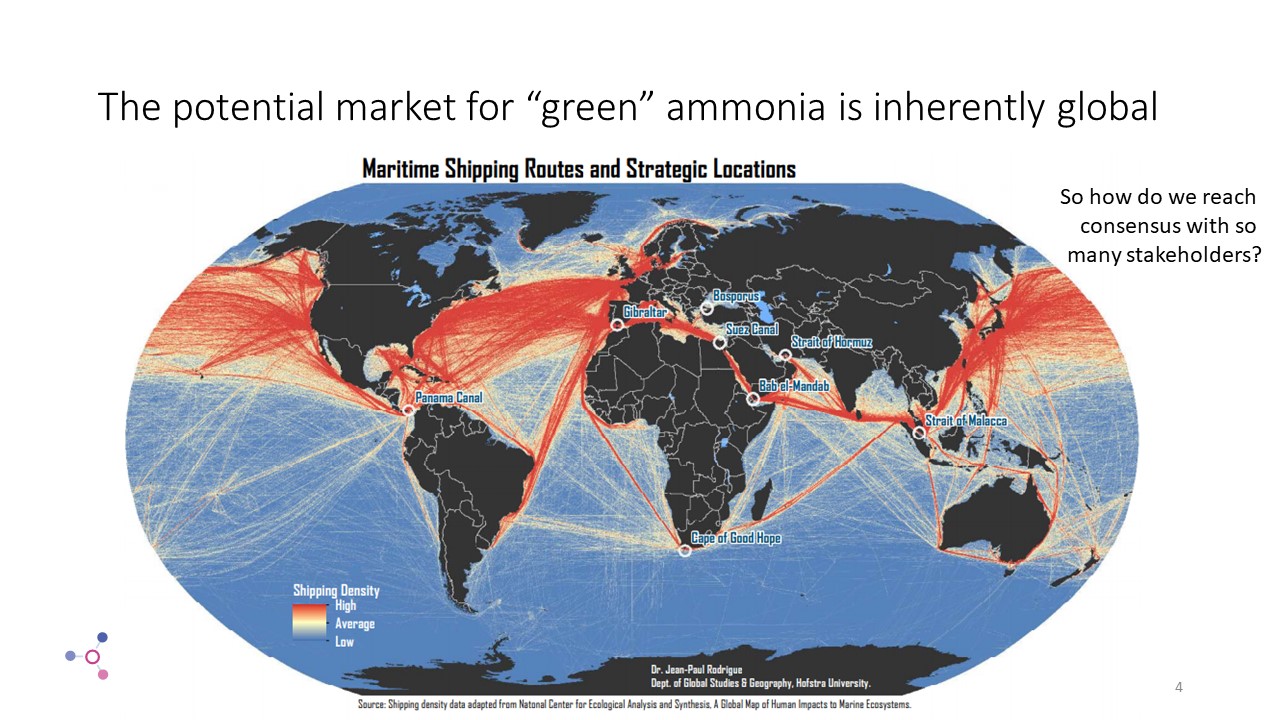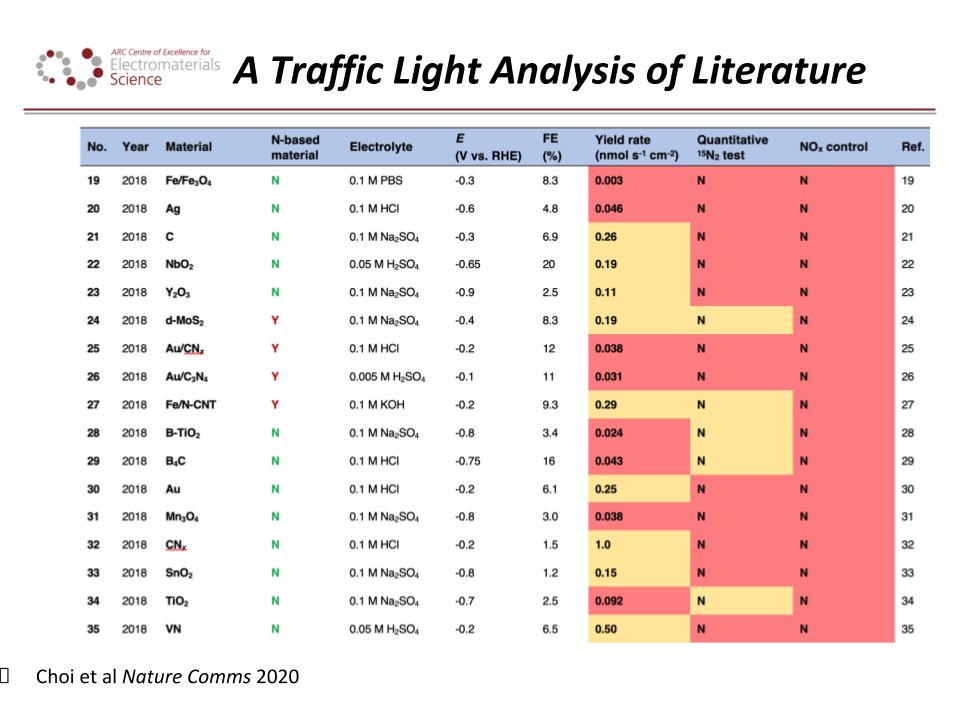Ammonia Energy Conference
bp & ARENA confirm feasibility of large-scale green ammonia production in Western Australia
bp and ARENA's eighteen-month feasibility study into the Geraldton Export-Scale Renewable Investment (GERI) project wrapped up this week - with encouraging results. The two organisations conclude that "Western Australia is an ideal place to develop large scale renewable energy assets that can in turn produce green hydrogen and/or green ammonia for domestic and export markets".
Origin Energy and Mitsui O.S.K. to collaborate on green ammonia
Australia-based Origin Energy and shipping company Mitsui O.S.K Lines (MOL) have joined forces to explore where they can develop the green ammonia supply chain between Australia and Asia. The new joint study (to be completed by the end of this year) will also determine the feasibility of Australian green ammonia export projects supplying key markets by 2026.
Certification of low-carbon ammonia: panel wrap-up from the 2020 Ammonia Energy Conference
What are the key considerations that need to be worked through so we can design and implement a certification scheme for low-carbon ammonia that works for a diverse range of stakeholders? On November 17, 2020, the Ammonia Energy Association (AEA) hosted a panel discussion on the topic as part of the recent Ammonia Energy Conference. Not only was it valuable to find out what important players in the ammonia industry want to see in any future certification scheme, but the panel also kicked off a consultation process among AEA members. An audience of around one hundred and fifty producers, end users and researchers all gave their thoughts on what they would like to see in a future scheme, providing a terrific launching point for the AEA Certification Committee to draft, develop and debut a low-carbon ammonia certification scheme.
Ammonia infrastructure: panel wrap-up from the 2020 Ammonia Energy Conference
Infrastructure is key to realising the full potential of ammonia energy, enabling new markets and expanding the existing ones. By 2050 the hydrogen (and by extension, ammonia) market could be 20 times larger than it is today. What future possibilities are there to expand global ammonia production (currently 180 million tonnes per year) or trade volumes across the world’s oceans (currently 18 million tonnes per year)? On November 18, 2020, the Ammonia Energy Association (AEA) hosted a panel discussion moderated by Daniel Morris from KBR, as well as panel members Anthony Teo from DNV GL, Oliver Hatfield from Argus Media, and Michael Goff from Black & Veatch as part of the recent Ammonia Energy Conference. The panel’s insights from a number of different perspectives - market analytics, ship building and operating, as well as pipeline engineering - demonstrated ammonia's potential to become a low- or zero-carbon fuel of choice for the future. Current infrastructure can be adapted, new infrastructure can be built and operated cheaply, and lessons from previous fuel transitions can be taken on board to make the uptake of ammonia energy as smooth as possible.
Marine Ammonia: panel wrap-up from the 2020 Ammonia Energy Conference
What action is needed to unlock the enormous potential of green ammonia as a marine fuel and get the new generation of ammonia-powered vessels on the water? On November 18, 2020, the Ammonia Energy Association (AEA) hosted a panel discussion moderated by Sofia Fürstenberg Stott from Fürstenberg Maritime Advisory, as well as panel members Tue Johannessen from the Center for Zero Carbon Shipping, Katharine Palmer from Lloyd’s Register, Rob Stevens from Yara International, and Kazumasa Taruishi from NYK Energy Transport.
A Fuel Standard for Ammonia: panel wrap-up from the Ammonia Energy Conference 2020
What are the key considerations for a future Ammonia Fuel Standard? On November 17, 2020, the Ammonia Energy Association (AEA) hosted a panel discussion moderated by Ron Stanis from GTI (Gas Technology Institute), as well as panel members David Richardson from Airgas, Rob Steele from EPRI (Electric Power Research Institute), Eric Smith from IIAR (International Institute of Ammonia Refrigeration), and Dorthe Jacobsen from MAN Energy Solutions at the recent Ammonia Energy Conference. The AEA Fuel Standard Committee has been developing a draft product specification that will facilitate the acceptance of ammonia as a fuel. The overall message from panelists came through loud and clear: the draft standard is ready for stakeholder comments, and the Fuel Standard Committee welcomes your input.
Green Ammonia at Oil and Gas Scale: Ammonia Energy Conference 2020 Keynote
What does green ammonia look like at oil and gas scale? To open the Ammonia Energy Conference 2020 - and give us some insights into this question - we were thrilled to welcome Alex Tancock, Managing Director of InterContinental Energy (ICE). Since 2014 ICE has been in the business of identifying the new generation of “Green Supergiants”: green hydrogen and green ammonia fusion projects based on large-scale renewable energy. Alex was excited to pass on the key lessons learnt from the development of ICE’s first publicized project - the Asian Renewable Energy Hub (AREH) in north-western Australia.
Panel discussion on next-generation ammonia synthesis
This year’s Ammonia Energy Conference included a panel discussion on next-generation ammonia synthesis, moderated by Sarb Giddey (CSIRO, Australia), and featuring panelists Doug MacFarlane (Monash University, Australia), Karthish Manthiram (MIT, United States), and Michael Stoukides (Aristotle University of Thessaloniki, Greece). The panel discussed the direct fixation of nitrogen in the form of ammonia from water and air in a single electrochemical device, which is considered the “holy grail” of ammonia synthesis. During the panel, the participants gave their perspectives on the state of the art, and the obstacles and opportunities for progress.









